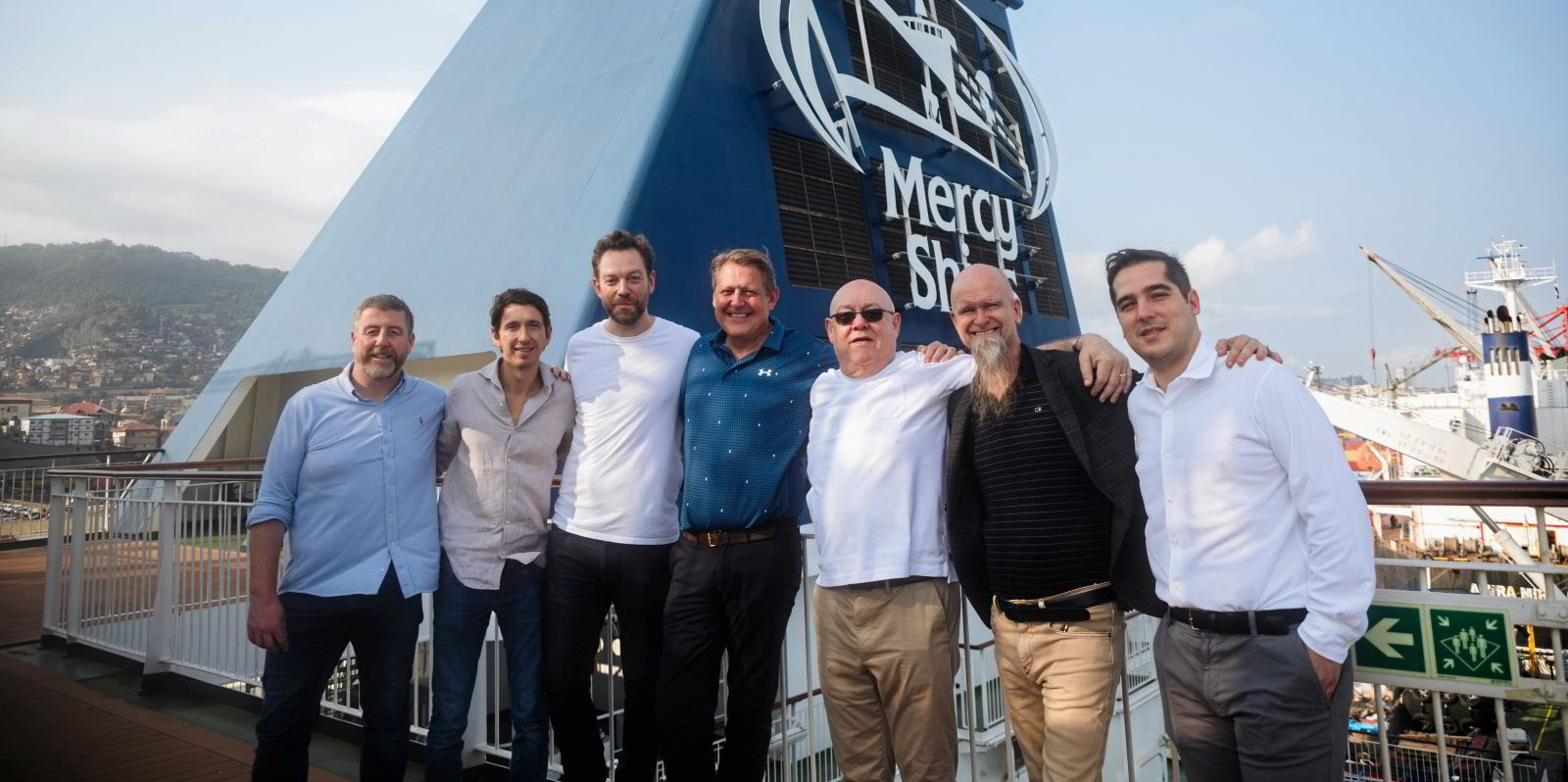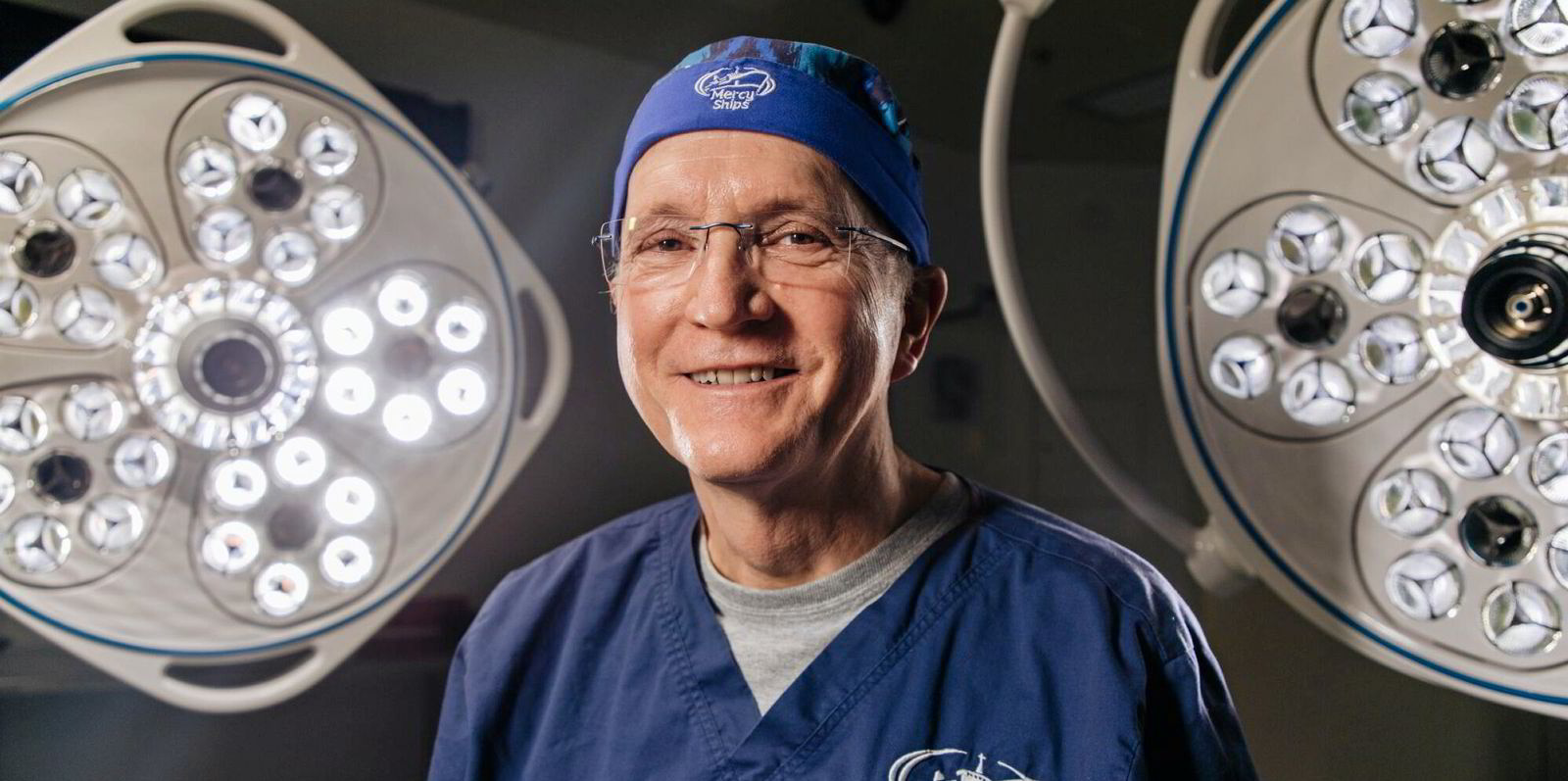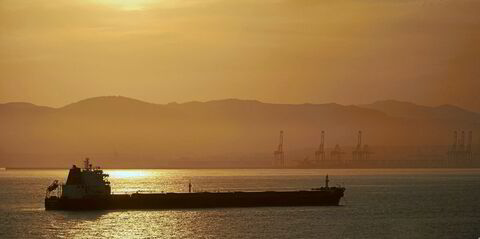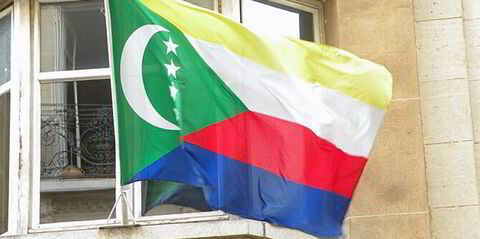Mercy Ships is a name that many in our industry will be familiar with, thanks to its work over the last four decades as the operator of the largest non-governmental hospital ships in the world.
The global charity provides hope and healing in Africa to those who need it the most. However, despite its hugely impressive operations and incredible community of volunteers, the sheer scale of the need that Mercy Ships faces today presents a challenge — and opportunity — for all of us who work in the shipping industry.
Earlier this month, a collective from Mercy Ships’ London committee — including shipbrokers, traders and operators — embarked on an incredible trip to Sierra Leone, to witness first-hand exactly what Mercy Ships does to enable us to better understand how we can support them.
Our visit got off to an inauspicious start as we landed amid an alleged coup attempt and spent our first night in a hotel under curfew. This unscheduled stop provided a unique bonding experience for the group, as we met medical and support volunteers who were due to board Mercy Ships’ new hospital vessel Global Mercy, as well as highlighting the daily reality that Mercy Ships volunteers based in the region face.
More than 3,000 incredible volunteer professionals from over 60 countries currently serve on board the world’s two largest non-governmental hospital ships each year. There is even a school on board to educate the families of those volunteers who have chosen to dedicate their lives to living on board a hospital ship to help others. To date, Mercy Ships has conducted over 110,000 surgical procedures for those most in need and trained over 8,000 medical professionals.
The following morning, we made a safe transit to the Global Mercy, where we would spend two days on board. The sheer “scale” of the operation caught some of the committee unawares. For example, one committee member who shall remain unnamed, thought that three packets of mince pies would suffice. However, this gift proved to be slightly lacking for the 450 crew members.
The illnesses that many of the patients present with for treatment are avoidable in the West
It was a moving experience to have a guided tour of the ship, speak with the medical teams and visit the patients. For all of us, spending time with all the patients, especially the children, was an incredible privilege.
What resonated was the sheer positivity and hope for the future radiating from these children. The hope that Mercy Ships can provide is created not only by offering urgent medical care but also extends to offering educational support for children, ensuring that they have the skills to forge a better life.
As we departed on the last day, after a final farewell to the patients, the memories of those couple of days will remain for a long time. What was clear was that the amazing work of Mercy Ships rests upon the incredibly hard work of volunteers, whose roles span the entire operations of the ship and organisation, from medical teams to teachers, receptionists, mechanics, IT specialists, engineers and cleaners.
The work of Mercy Ships is essential, and extreme poverty is a tragic reality in Africa. The illnesses that many of the patients present with for treatment are avoidable in the West.
Yet, the work from Mercy Ships relies heavily on volunteering and donations. Running one of its two hospital ships takes nearly $100m a year. So while the fundraising work from the annual Cargo Day event has raised over $8.6m so far, there is still much more work to be done.
Charlie Grey is CEO at Tankers International;
Andrea Olivi is global head of wet freight at Trafigura;
Bob Knight is COO of tankers at Clarksons; and
Richard Prince is a freight trader at ST Shipping.
Do you have an opinion to share?
Email: news@tradewindsnews.com




